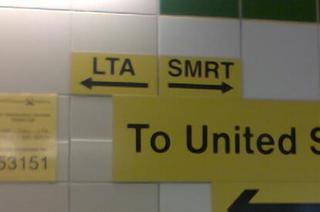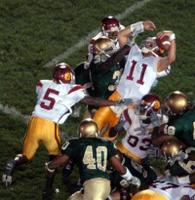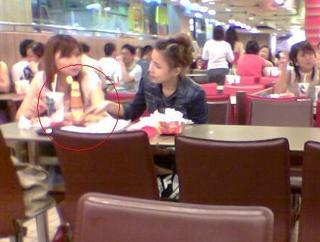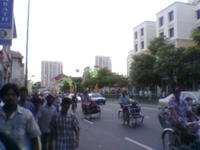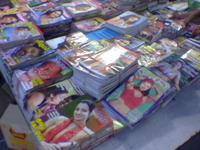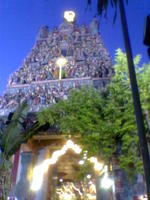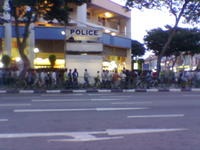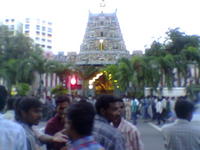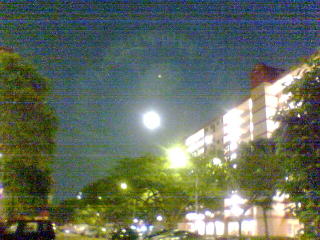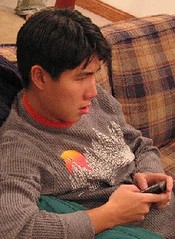Gas, Food and Therapy on the American Road
Writing as eloquently as ever in The NY Times, A.O. Scott relates America's love affair with the automobile. But he believes that the relationship is frequently a "three-way romance involving a movie camera".
He writes, "this ménage has spawned a vast filmography of buddy pictures, getaway pictures, existential wandering pictures and innumerable hybrids - from Thelma and Louise and Rain Man back to Sullivan's Travels by ways of Harry and Tonto and Easy Rider, to name only a few.
"If nothing else, these movies serve to remind us that we inhabit an endlessly photogenic nation. But they also acknowledge the anxious distance that the film industry perceives between itself and the rest of the country. The movie road trip is at once an acknowledgment of the artificiality of movies and an imaginary antidote to it. After indulging the pretense that a studio back-lot set or a street in Vancouver is really downtown Chicago, how satisfying it is to be treated to views of Monument Valley or the Mississippi Delta, whose specificities of terrain and custom make them impossible to counterfeit. "
Driving long distances across the US, one can easily say that much of the exurban areas are a vast empty void. But it is a void filled with the beauty that encapsulates the pioneering spirit of the frontiers, the wonders of mother nature and the mystical terrain of unheard voices and untold stories.
I, for one, have a big appetite for the outdoors and open space, not to mention the scarcity of people in such environments. I remember driving across Nevada and Utah by myself, surrounded by nothing but mountains; my car nestled in the quiets of an unpopulated valley. What strikes me the most is the abject isolation but, and through the latter, also the promise of anonymity, adventure and anarchy.
It feels as if I am the most human at such moments, when there is no modern technology (except my car and cellphone) to separate me from nature. It is the lack of other humans that allows me to be more of myself, if that makes sense. The physical reminder of my insignificance in the grand scheme of things actually empowers me to be more noble and less self-centred.
My love of the empty void easily translates onto the big screen. Some of my favorite movies of the great outback of the USA include:
Once Upon a Time in the West (1968),
The Last Picture Show - of small-town America (1971),
Paper Moon (1973),
Dead Man (1995) and even
Winged Migration (2004).
Do you have any movies to contribute to the list?
to read more...
He writes, "this ménage has spawned a vast filmography of buddy pictures, getaway pictures, existential wandering pictures and innumerable hybrids - from Thelma and Louise and Rain Man back to Sullivan's Travels by ways of Harry and Tonto and Easy Rider, to name only a few.
"If nothing else, these movies serve to remind us that we inhabit an endlessly photogenic nation. But they also acknowledge the anxious distance that the film industry perceives between itself and the rest of the country. The movie road trip is at once an acknowledgment of the artificiality of movies and an imaginary antidote to it. After indulging the pretense that a studio back-lot set or a street in Vancouver is really downtown Chicago, how satisfying it is to be treated to views of Monument Valley or the Mississippi Delta, whose specificities of terrain and custom make them impossible to counterfeit. "
Driving long distances across the US, one can easily say that much of the exurban areas are a vast empty void. But it is a void filled with the beauty that encapsulates the pioneering spirit of the frontiers, the wonders of mother nature and the mystical terrain of unheard voices and untold stories.
I, for one, have a big appetite for the outdoors and open space, not to mention the scarcity of people in such environments. I remember driving across Nevada and Utah by myself, surrounded by nothing but mountains; my car nestled in the quiets of an unpopulated valley. What strikes me the most is the abject isolation but, and through the latter, also the promise of anonymity, adventure and anarchy.
It feels as if I am the most human at such moments, when there is no modern technology (except my car and cellphone) to separate me from nature. It is the lack of other humans that allows me to be more of myself, if that makes sense. The physical reminder of my insignificance in the grand scheme of things actually empowers me to be more noble and less self-centred.
My love of the empty void easily translates onto the big screen. Some of my favorite movies of the great outback of the USA include:
Once Upon a Time in the West (1968),
The Last Picture Show - of small-town America (1971),
Paper Moon (1973),
Dead Man (1995) and even
Winged Migration (2004).
Do you have any movies to contribute to the list?
to read more...
